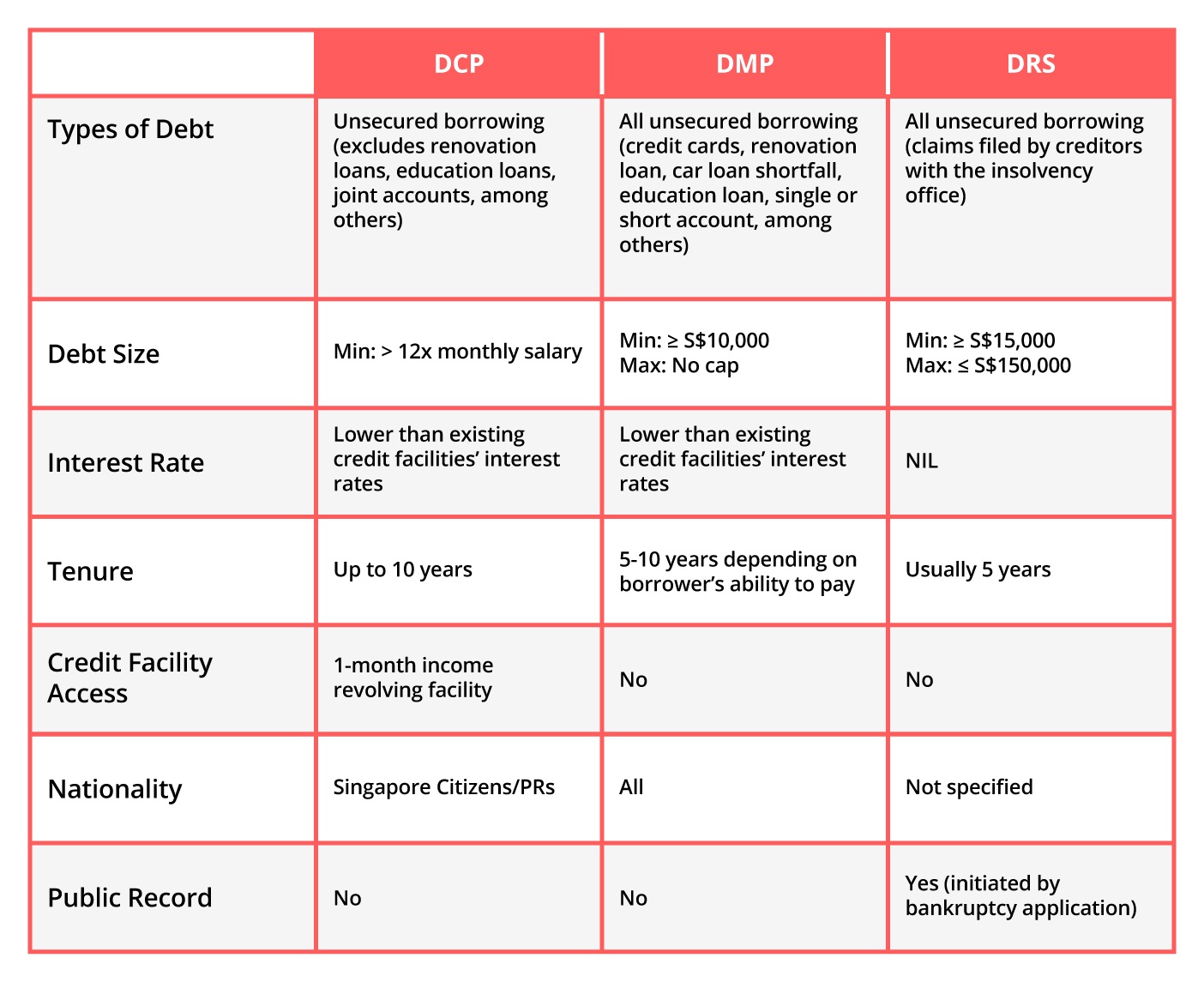Every Little Thing You Need to Understand About Developing a Personalized Debt Monitoring Plan
In the realm of individual money, devising a tailored financial debt management plan is usually the cornerstone of achieving monetary stability and tranquility of mind. As you navigate the complexities of creating an individualized debt monitoring plan, comprehending the details of each action is crucial to your economic success.
Assessing Your Current Debt Circumstance
One should initially perform an extensive examination of their present financial debt obligations before creating an effective debt administration strategy. Assessing your present financial debt circumstance is a critical very first step in gaining control of your finances. Begin by gathering all needed financial documents, such as bank card declarations, car loan arrangements, and any superior expenses. Develop a breakdown of each financial debt, including the total amount owed, rates of interest, minimal monthly payments, and due dates. This comprehensive introduction will certainly provide a clear image of your financial standing and assistance prioritize which debts to address initially.
After compiling this details, determine your complete debt-to-income proportion by separating your monthly financial obligation settlements by your month-to-month revenue. This ratio is a key indicator of your ability to take care of present financial debt degrees successfully. Additionally, analyze your credit history record to determine any kind of errors or discrepancies that may be influencing your credit rating. Understanding these elements of your economic situation will certainly lead you in developing a personalized debt monitoring plan customized to your particular needs and goals.
Setting Financial Goals and Targets

When setting financial goals, it's essential to be details, quantifiable, attainable, relevant, and time-bound (WISE) As an example, you could set an objective to repay a certain quantity of debt within a certain timespan, such as lowering your charge card equilibrium by $5,000 in the following 12 months - More Discussion Posted Here. By setting clear targets such as this, you can track your progress and stay encouraged to achieve your financial debt monitoring objectives
Additionally, think about prioritizing your financial debts based on factors such as rate of interest, impressive balances, and settlement terms. By focusing on high-interest financial debts initially, you can conserve cash over time and accelerate your journey towards monetary flexibility. Bear in mind, each person's financial circumstance is special, so customize your goals and targets to fit your specific needs and scenarios.
Developing a Realistic Spending Plan
Crafting a well-defined budget is a basic step in efficient debt management and monetary preparation. A sensible spending plan serves as a roadmap for your monetary health, assisting you track your earnings, costs, and financial obligation payments. To produce a useful budget, beginning by detailing all your sources of earnings.
When establishing spending plan restrictions, be truthful with on your own regarding your investing habits and economic commitments. Allot a portion of your revenue in the direction of repaying financial debt while ensuring you have some funds for savings and emergency situations. Regularly evaluation and change your spending plan as required to remain on track with your economic goals and debt repayment strategy. By sticking to a sensible budget, you can efficiently manage your financial obligation and work towards an extra secure financial future.
Discovering Debt Payment Strategies
After developing a realistic spending plan, the next crucial action in reliable financial obligation monitoring is to check out various financial debt settlement approaches. One usual technique is the snowball approach, where you concentrate on paying off the tiniest financial obligations initially while making minimal payments on bigger financial obligations. This method can assist construct energy as you see smaller sized financial obligations being removed, providing motivation to deal with bigger ones.
An additional technique is the avalanche approach, which includes focusing on financial debts with the highest rates of interest. By targeting high-interest financial obligations first, you can reduce the general quantity you pay in rate of interest gradually. This approach might be more cost-effective over time, although it could take longer to see individual financial debts completely repaid.
Financial obligation combination is another choice where you incorporate multiple financial obligations into a single loan with a lower interest price. This can streamline your repayment process and potentially minimize the total interest paid. However, it's vital to carefully take into consideration the fees and terms connected with debt consolidation to guarantee it's the appropriate selection for your financial scenario.
Monitoring and Adjusting Your Plan

Readjusting your strategy may include reallocating funds to tackle high-interest financial obligations initially, bargaining with creditors for reduced rate of interest or better settlement terms, or discovering additional earnings sources to speed up financial obligation payment. As your monetary situation progresses, your financial debt management plan should adapt accordingly to continue to be reliable. By remaining aggressive and adaptable in tracking and changing your strategy, you can enhance your efforts towards paying off your debts efficiently and achieving your economic goals.
Verdict
Finally, creating a personalized debt administration strategy involves evaluating current financial debt, setting financial objectives, producing a practical budget, discovering repayment strategies, and surveillance and adjusting the strategy as needed. By following these steps, people can take control of their financial scenario and work in the direction of ending up being debt-free. It is essential to stay regimented and dedicated to the strategy in order to achieve lasting economic stability.
One have to initially perform a detailed examination of their current financial debt obligations before formulating an efficient debt management strategy.After establishing a sensible budget plan, the following crucial step in effective financial debt administration is to explore numerous debt settlement approaches - More Discussion Posted Here.To effectively handle your financial obligation, continuous tracking and change of description your financial obligation administration plan are necessary parts for long-lasting monetary stability.Adjusting your strategy may involve reallocating funds to deal with high-interest financial debts first, negotiating with creditors for reduced rate of interest prices or better payment terms, or checking out extra income resources to quicken financial debt repayment.In conclusion, developing an individualized financial debt management plan entails analyzing current financial obligation, establishing economic objectives, creating a realistic spending plan, exploring repayment approaches, and surveillance and adjusting the strategy as needed